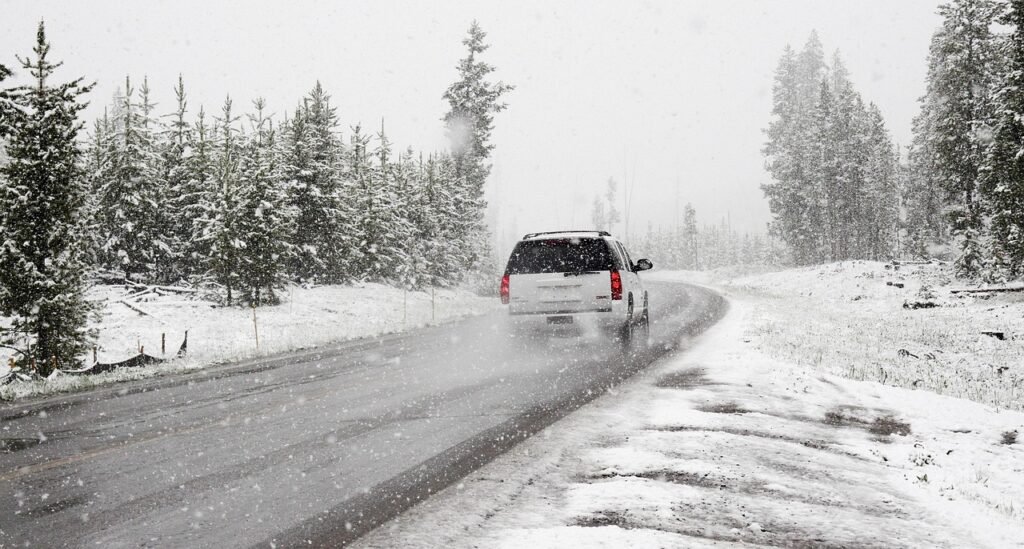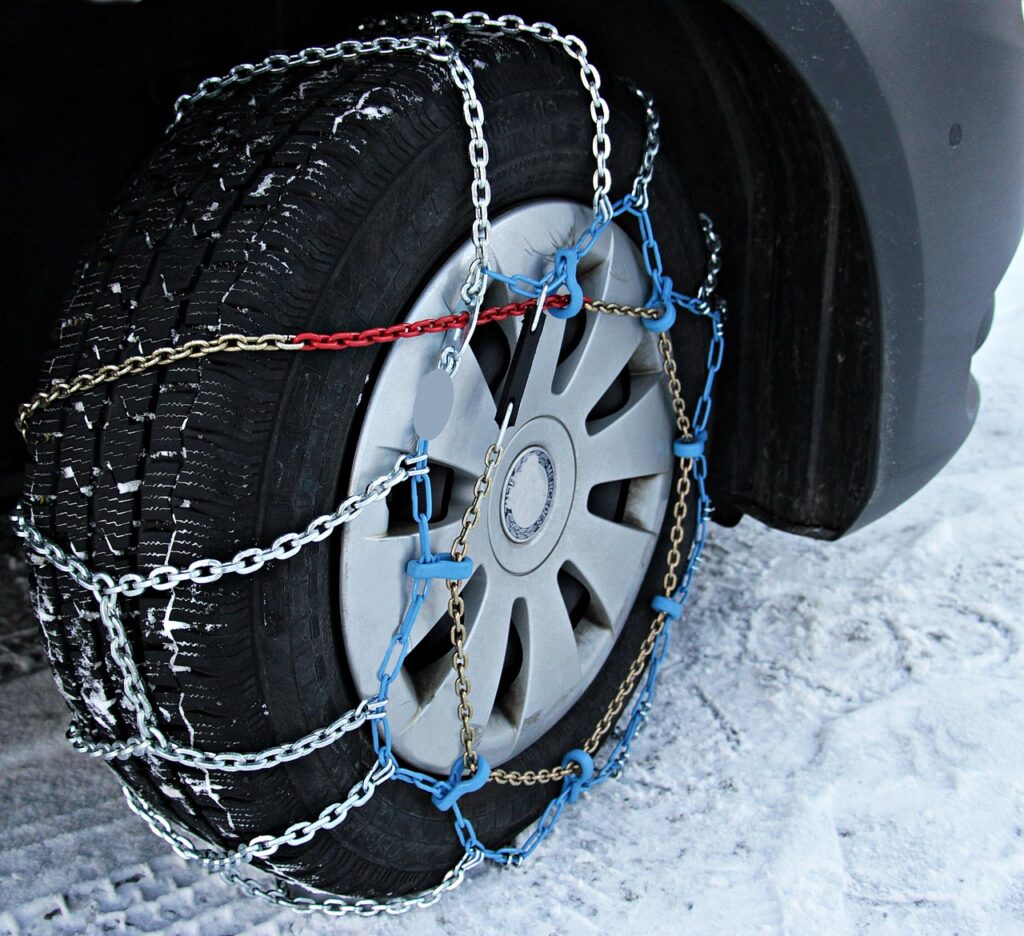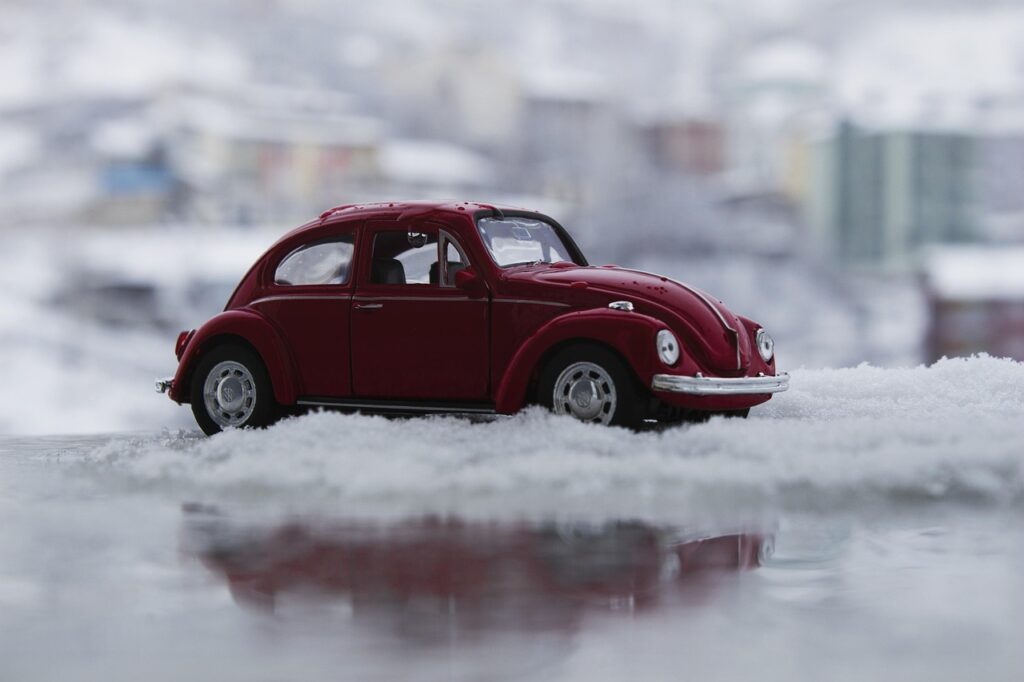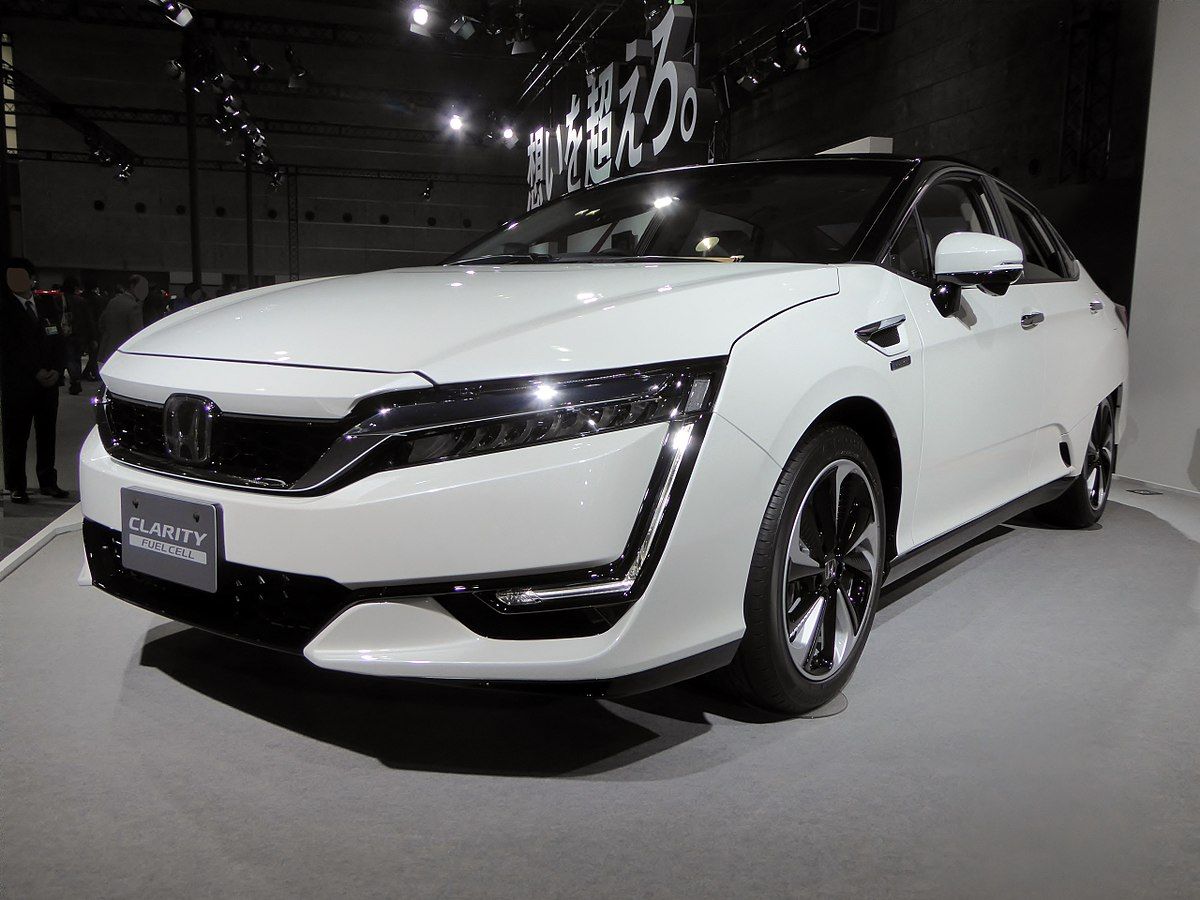When the mercury dips and the days grow shorter, a common question arises among electric vehicle owners and prospective buyers: what happens to an EV’s range in cold weather? It’s a topic often surrounded by dramatic stories of stranded drivers and drastically diminished performance. The truth, however, is more nuanced than the hearsay suggests. Yes, electric vehicles do experience a reduction in range when temperatures plummet, but it’s a manageable challenge, not an insurmountable crisis.
Understanding these dynamics isn’t just about acknowledging a problem; it’s about empowering drivers with knowledge and practical solutions. Just as a gasoline car might see a dip in fuel efficiency during winter due to denser air and longer warm-up times, EVs have their own unique interactions with freezing conditions. The good news is that advancements in EV technology are constantly addressing these challenges, and with a few smart strategies, you can confidently navigate the colder months without excessive range anxiety.
This in-depth guide is designed to cut through the noise, offering clear, authoritative explanations and actionable advice. We’ll explore the fascinating science behind why cold weather impacts your EV, dissect real-world data on expected range loss, and most importantly, equip you with expert strategies to maximize your electric car’s performance and efficiency, even when winter truly sets in. Get ready to transform your winter EV driving experience into a streamlined, efficient journey, making the most of your vehicle’s innovative spirit.
1. **The Science Behind Cold Weather EV Range Loss (Battery Chemistry)**At the core of every electric vehicle lies a sophisticated lithium-ion battery. These powerful energy packs operate optimally within a specific temperature range, typically between 68°F and 74°F (20°C and 23°C). When temperatures drop significantly, especially below freezing (32°F or 0°C), the intricate chemical reactions within these batteries slow down, leading to a noticeable decrease in their overall efficiency and capacity. This fundamental principle affects all lithium-ion batteries, from your smartphone to your electric car.
The primary reason for this slowdown is the electrolyte inside the battery cells. In colder conditions, this electrolyte becomes more viscous, impeding the swift flow of lithium ions between the battery’s electrodes. This hinders their ability to properly integrate, compromising the battery’s ability to generate and deliver power efficiently. Such a slowdown directly impacts both the battery’s power output and its usable energy capacity, meaning less available power for propulsion.
Furthermore, the chemical reactions responsible for generating a charge in lithium-ion batteries are inherently temperature-sensitive. As temperatures fall, these crucial reactions occur at a reduced rate, diminishing the battery’s overall charge capacity. This also results in an increase in the battery’s internal resistance. All these factors combine to make the battery work less efficiently, consuming more energy to achieve the same output and ultimately reducing your vehicle’s effective driving range.
This scientific reality means cold weather will undoubtedly negatively affect your electric car’s range. The slower ionic conductivity and increased electrolyte viscosity indicate that the battery chemistry cannot perform at its peak. This isn’t a design flaw but an inherent characteristic of current battery technology. Understanding these battery chemistry basics is the first step toward appreciating why proactive management strategies are vital for winter EV driving.
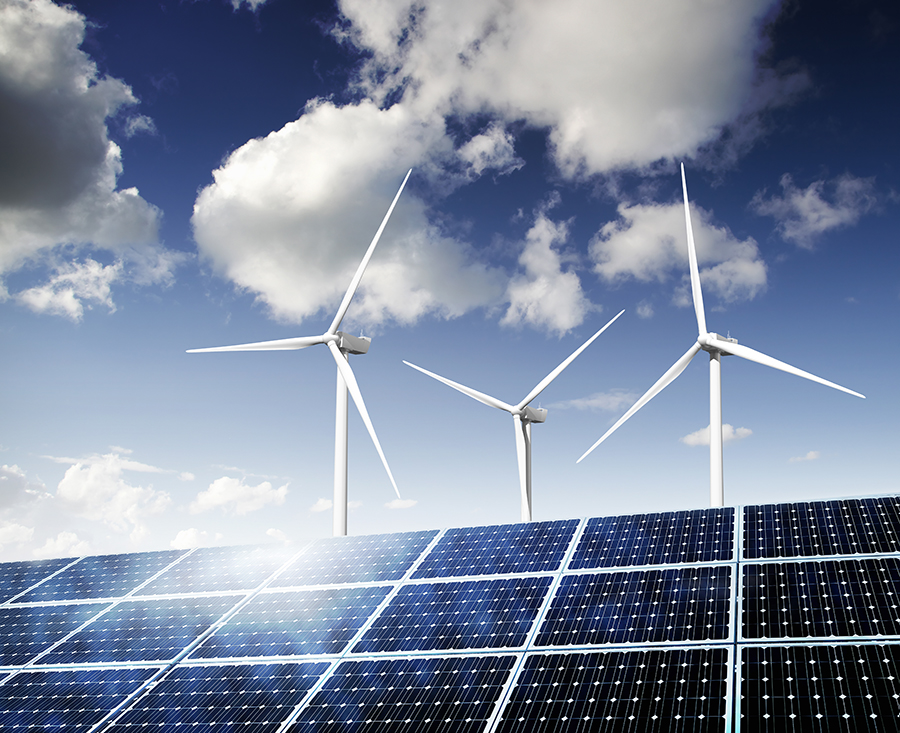
2. **The Energy Drain of Heating Systems**One of the most significant, yet often overlooked, factors contributing to EV range reduction in cold weather is the substantial energy required for heating. Unlike gasoline cars, which can tap into the waste heat generated by their internal combustion engines, electric vehicles produce very little waste heat from their efficient powertrains. This means EVs must actively draw energy directly from their high-voltage battery pack to generate warmth for both the occupants and, crucially, for the battery itself.
Heating the passenger cabin is a formidable energy sink. Blasting the heater on a frigid morning quickly siphons considerable power from the battery that would otherwise be used for propulsion. This is especially true if the system relies on resistive heating, which is simple but energy-intensive, capable of using 3-5 kW of power. Such a draw directly translates into a shorter driving range, as more of the battery’s stored energy is diverted away from moving the vehicle.
Real-world data clearly demonstrates the impact of cabin heating. According to AAA testing, when cabin heating is activated, EV range loss at 20°F (-7°C) can dramatically increase from an average of 12% without heating to a staggering 41%. This highlights just how much energy is dedicated to keeping you toasty. In fact, cabin heating can account for 25-35% of total energy usage at -10°C, making it a major contributor to winter range reduction.
Beyond passenger comfort, the battery itself needs to be kept within an optimal operating temperature range for safety, performance, and longevity. Electric vehicles employ sophisticated thermal management systems to achieve this, as lithium-ion batteries perform poorly and can sustain damage in extremely low temperatures. In cold weather, these systems work overtime to warm the battery pack. This “battery thermal management” is critical, accounting for 10-15% of energy usage at -10°C, further reducing energy available for driving.
Read more about: Urgent Samsung Alert: Unpacking the Battery Fire Hazard in Galaxy Note 9, S10, and Other Models After Charging Reports

3. **Impact on Regenerative Braking and External Factors**An innovative, energy-saving feature of electric vehicles is regenerative braking. This system captures kinetic energy normally lost during deceleration, converting it back into electricity to recharge the battery. This “one-pedal driving” capability can significantly enhance efficiency and extend range in mild conditions. However, in cold weather, the effectiveness of regenerative braking is often notably diminished, meaning you recover less “free” power.
This reduction ties directly to the battery’s cold-weather characteristics. A cold lithium-ion battery is less receptive to accepting a charge efficiently; its internal resistance increases, and chemical reactions slow. This makes it harder for the battery to absorb recuperated energy effectively. Consequently, less energy is returned to the battery, thereby reducing your overall range. Some vehicles may even limit regenerative braking in very cold conditions to protect the battery, further impacting efficiency and requiring increased use of friction brakes.
Beyond the battery’s internal mechanisms and heating demands, several external environmental factors inherent to winter also reduce range. One significant factor is the increased density of cold air. As air temperature drops, air becomes denser, creating more aerodynamic drag. Your car, therefore, must expend more energy to push through this thicker air, similar to running through water. This added resistance contributes to a higher energy demand for maintaining speed.
Furthermore, tire choice impacts winter range. While essential for safety and grip on snow and ice, winter tires typically have different rubber compounds and tread patterns designed for cold weather. These characteristics often result in higher rolling resistance compared to all-season or summer tires. This increased resistance means your car needs more energy to simply roll down the road. These combined factors—denser air, increased tire resistance, and potentially slippery roads requiring cautious driving—all contribute to higher overall energy demand and reduced driving range.
Read more about: Beyond the Buzz: Unpacking the Hidden Nausea of Next-Gen EVs and How Tech is Tackling Car Sickness
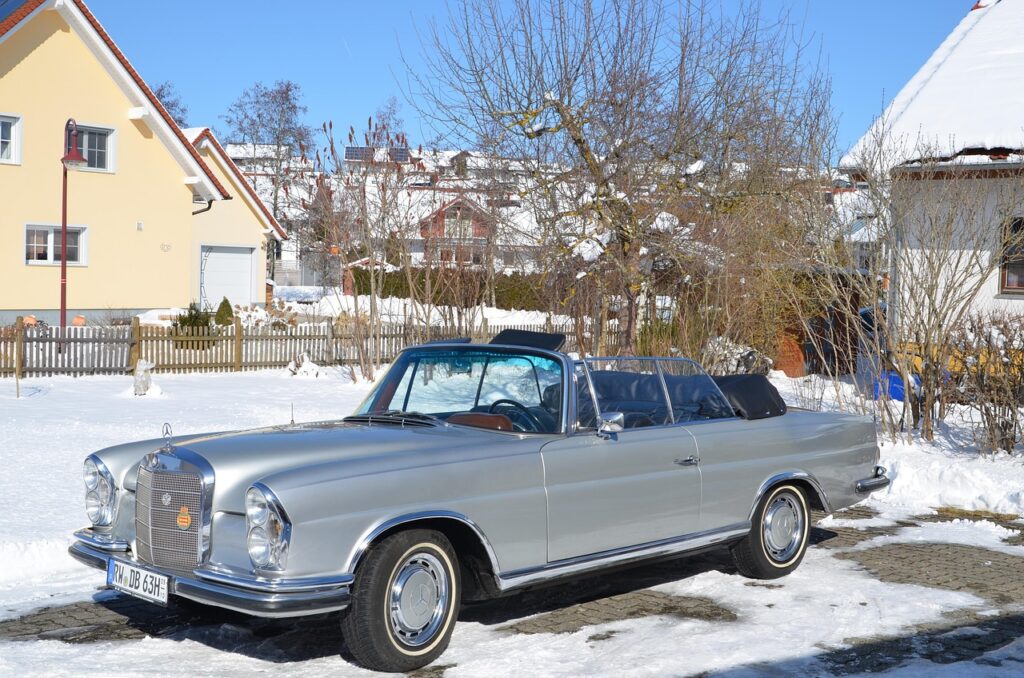
4. **Understanding Expected Range Reduction: Data from AAA, Consumer Reports, NAF**While anecdotal stories can be alarming, real-world testing offers a more accurate picture of EV range loss in cold weather. Various respected automotive organizations and research bodies have conducted extensive studies to quantify this impact, providing invaluable insights for EV owners. The consensus is clear: a measurable range reduction is expected, but its severity varies significantly based on external temperature, vehicle model, and driver behavior.
AAA, a leading authority, found compelling evidence of this phenomenon. At 20°F (-7°C), an EV’s range drops by approximately 12% without cabin heating. However, this figure escalates dramatically to a substantial 41% reduction when the cabin heating system is activated. This crucial distinction underscores the massive energy appetite of resistive heaters, making them a primary culprit for severe range loss, as battery capacity is diverted to occupant warmth rather than propulsion.
Complementing AAA’s findings, Consumer Reports suggests most EVs experience an average range loss of around 20-25% in typical winter conditions. This serves as a general benchmark, helping drivers anticipate a reduced usable range. It’s a pragmatic expectation that, while significant, is often manageable for daily commutes with adequate charging and smart driving habits.
More dramatic findings come from the Norwegian Automobile Federation (NAF), conducting rigorous winter tests in extremely cold climates. Their research shows some EV models can experience range losses up to 50% in -10°C conditions. This significant variability highlights that not all EVs are equally cold-weather resilient, often depending on factors like battery size, sophisticated thermal management systems (e.g., efficient heat pumps), and overall vehicle design. This data emphasizes that while range loss is inherent, proactive measures and informed vehicle choices can significantly mitigate its impact.
A granular breakdown from these studies reveals the progressive impact of temperature drops:
* **20°C (Optimal Range):** EVs achieve 100% advertised efficiency.
* **5°C (Mild Impact):** Efficiency may dip to 88-92% of optimal.
* **-7°C (Noticeable Loss):** Efficiency falls to 59-88%, especially with cabin heating.
* **-18°C (Severe Impact):** Efficiency can drop severely to 40-65%, necessitating careful planning.
What Car?’s research further confirms these trends, indicating an average 15-20% range loss in colder weather. For example, the Tesla Model Y Long Range showed an 11.8% difference between winter and summer range, the Cupra Born 58kWh V3 showed 20.6%, and the BMW i4 eDrive40 M Sport experienced a 21.6% difference. These consistent figures from various reputable sources underscore the importance of anticipating reduced range and adjusting habits accordingly.
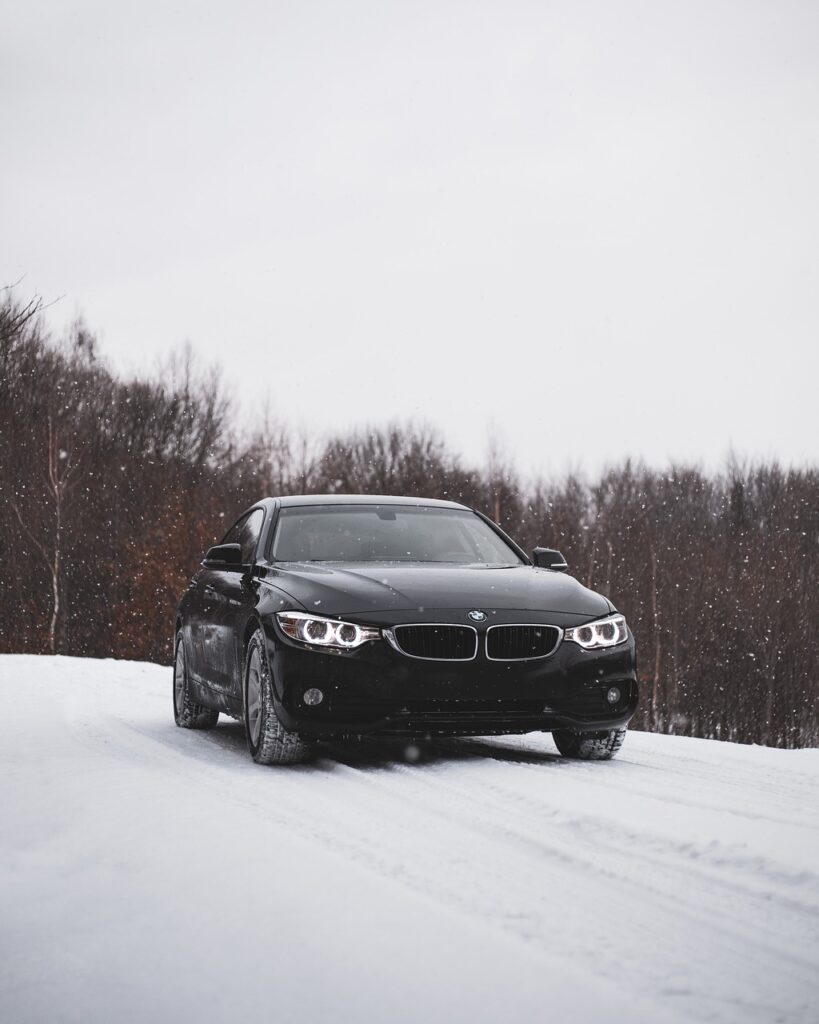
5. **Pre-Conditioning: Your Most Powerful Tool for Winter Efficiency**If there’s one single strategy that stands out as the most impactful and universally recommended for combating winter range loss, it is undoubtedly pre-conditioning. This crucial process involves actively warming up your EV’s battery and, simultaneously, its cabin *while the car is still plugged in* to a charger. By doing so, you wisely leverage grid power to bring your battery to an optimal operating temperature and pre-heat the interior. This prevents draining your precious on-board battery charge for these energy-intensive tasks on the go, similar to preheating an oven before baking.
The benefits of pre-conditioning are substantial and empirically supported. Studies consistently show that embracing this simple habit can improve winter range by a significant 15-25%. This is because a warm battery is inherently more efficient. Its internal chemical reactions occur at optimal speeds, it can accept regenerative braking energy more readily, and it reduces the need for the car to use its own battery power to warm itself once you start driving. It’s about starting your journey with your vehicle already at its peak operational readiness.
Specific research highlights the profound impact of pre-conditioning. Tesla’s own studies, for example, revealed that a pre-conditioned Model 3 uses an impressive 25% less energy for the first 10 minutes of driving in -10°C weather compared to a cold start. Similarly, BMW found that their i4 achieved its optimal battery temperature three times faster when pre-conditioning was used versus starting cold. These real-world observations demonstrate that pre-conditioning isn’t just a comfort feature; it’s a critical range-extending strategy.
Most modern EVs offer convenient and intuitive ways to schedule or initiate pre-conditioning. You can often set a departure time through your car’s infotainment system or a dedicated smartphone app, allowing the vehicle to automatically warm itself up before you even step inside. Ideally, you should aim to keep your EV plugged in and run the heating system for a dedicated period—typically 20-30 minutes—before driving in cold weather. This ensures the battery is warm enough to perform efficiently, readily accept regenerative braking energy, and provides a comfortable, defrosted cabin without tapping into your precious driving range.
Advanced pre-conditioning strategies further refine this practice, often adjusting duration based on ambient temperature for maximum effectiveness. For temperatures between 5°C and 0°C, 15-20 minutes might suffice. As conditions get colder, down to 0°C to -10°C, 30-45 minutes are recommended. For truly frigid temperatures ranging from -10°C to -20°C, extending to 45-60 minutes is advisable, and for anything below -20°C, a substantial 60-90 minutes of pre-conditioning could be beneficial. Many smart EV systems now integrate features like location-based auto-start, weather integration to adjust timing, or calendar sync. Tesla owners can optimize this by setting charging to complete 30 minutes before departure for automatic pre-conditioning, while BMW i-series drivers can utilize the “Departure Timer” in their ConnectedDrive app. Hyundai/Kia’s “Climate Reservation” function can run for up to 30 minutes; for extreme cold, multiple cycles can be used. Ford Mustang Mach-E’s “Remote Start” conveniently includes battery warming, available 35 minutes before unplugging. These manufacturer-specific features make pre-conditioning an indispensable tool for a stress-free and range-optimized winter EV driving experience.
Building on our foundational understanding of why cold weather impacts your electric vehicle, it’s time to equip you with the advanced strategies and insights needed to truly master winter EV driving. This section dives deeper into practical solutions, from optimizing your heating systems to smart charging practices and understanding how various EV models perform when the mercury dips. Get ready to transform your winter EV experience into one of efficiency and confidence.
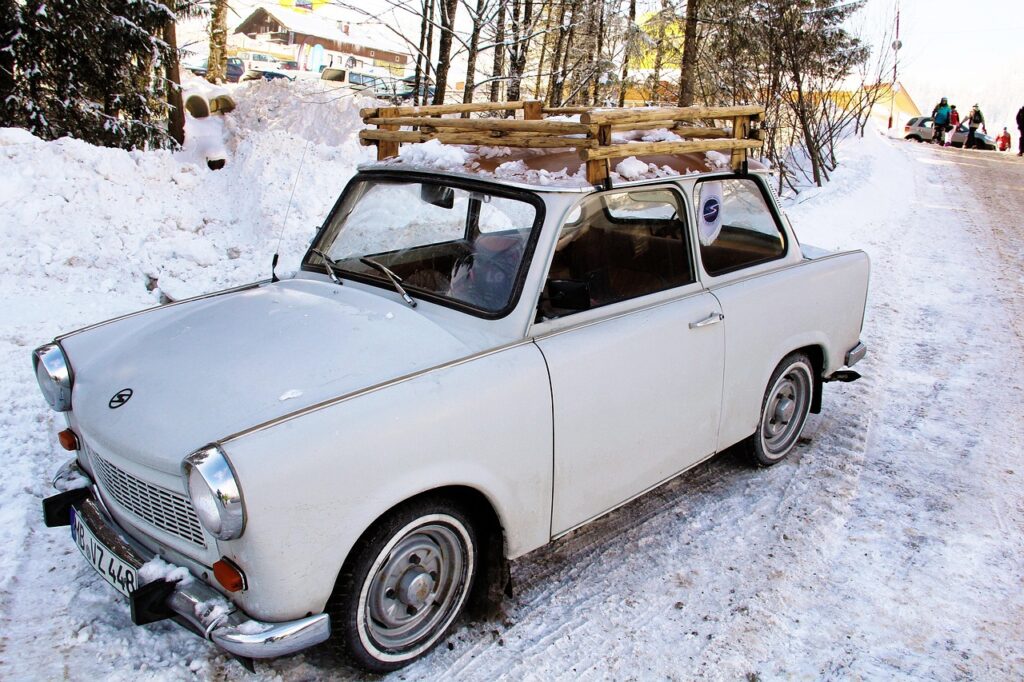
6. **Efficient Heating Strategies: Warm Smart, Drive Far**One of the most significant energy draws in cold weather is keeping the cabin toasty. While essential for comfort, resistive heating, common in older EV models, can be a major energy sink, capable of consuming 3-5 kW of power. This directly translates to a shorter driving range as battery capacity is diverted from propulsion to warmth.
Modern EVs, however, are increasingly equipped with highly efficient heat pumps. These systems are a game-changer, proving 2-3 times more efficient than traditional resistive heating. Standard on many newer Tesla, BMW, and Hyundai models, heat pumps can effectively warm the cabin and battery, significantly reducing heating energy use by up to 50%, even performing well in temperatures down to -10°C.
Beyond the technology, smart heating habits make a tangible difference. Prioritize using seat heaters and heated steering wheels first; these warm you directly and consume far less energy than heating the entire cabin. When cabin heat is necessary, set the temperature to a more modest 18-20°C rather than a scorching 22-24°C. Don’t forget to use your EV’s Eco mode, which often includes winter-specific efficiency settings, and consider dressing in layers to further reduce your reliance on the heating system. As experts suggest, “We recommend using heated seats and, instead of warming up the entire car.”
Read more about: Unlocking the Secrets to Perfect Leftover Storage: A Serious Eats Guide to Freshness and Safety

7. **Optimal Battery Management in Cold Weather**Effective battery management is paramount for maintaining your EV’s performance and extending its longevity during the winter months. Just as you protect your personal health in the cold, your EV’s battery thrives with careful attention, especially when it comes to charging and storage.
Optimal charging practices begin with keeping the battery warm whenever possible. Parking your EV in a garage, even an unheated one, helps significantly. When charging, aim to keep your battery’s state of charge between 20-80% for maximum efficiency, though charging to 80-90% in winter can assist with cold weather performance. Crucially, avoid deep discharges, ensuring the battery doesn’t drop below 20% in freezing temperatures.
Charging speed also warrants attention. Fast charging a cold battery can potentially reduce its lifespan, so it’s advisable to charge slowly when the battery is frigid. If you plan to use a fast charger, driving for 10-15 minutes beforehand can help warm the battery, allowing it to accept a charge more efficiently and quickly. Remember, your car’s battery management system will reserve about 15-20% of capacity to heat the battery in extreme cold, so factoring in a 20% variance in available range is a wise safeguard.
Read more about: For the Family Man: The 10 Safest Crossover Bargains of 2025 You Can’t Afford to Miss
8. **Smart Winter Driving Techniques for Enhanced Range**Adapting your driving style to winter conditions not only helps you maximize your EV’s range but also significantly enhances safety on potentially slick roads. Smooth, deliberate inputs are your best allies when navigating cold weather.
Efficient winter driving centers around gentle acceleration and deceleration, preserving precious energy and improving traction. Maintain steady speeds, avoiding frequent and abrupt changes, as this reduces overall energy demand. Even a slight reduction in speed, perhaps 10%, can noticeably improve range by 15-20%. Planning routes that allow for more consistent speeds, such as highway driving when feasible, can further optimize efficiency. Thom Groot, CEO of The Electric Car Scheme, advises, “Accelerating gradually and maintaining consistent speeds will not only maximise your energy efficiency but also help reduce the risks of winter hazards, like icy or wet roads.”
While regenerative braking is a fantastic energy-recovery tool in mild conditions, exercise caution in winter. A cold battery is less receptive to accepting a charge efficiently, and some vehicles may even limit regenerative braking. More importantly, relying too heavily on one-pedal driving on snowy or icy surfaces can potentially lead to unexpected loss of grip. “If your car has regenerative braking, it may be less effective in cold weather,” notes Gaurav Ahluwalia, Marketing Director at The Electric Car Scheme.
Most EVs offer an “eco-mode” which is particularly useful in winter. This mode boosts mileage and reduces power consumption by limiting energy supplied to the driving motor and cabin heaters. While acceleration may be slower, this can also make driving safer in icy or snowy conditions by preventing abrupt power delivery. However, for truly poor road conditions, always prioritize safety by engaging your vehicle’s dedicated traction mode, if available.
Read more about: Beyond the Miles: A CNET Guide to the 14 Longest-Lasting Car Tires for Smart Drivers
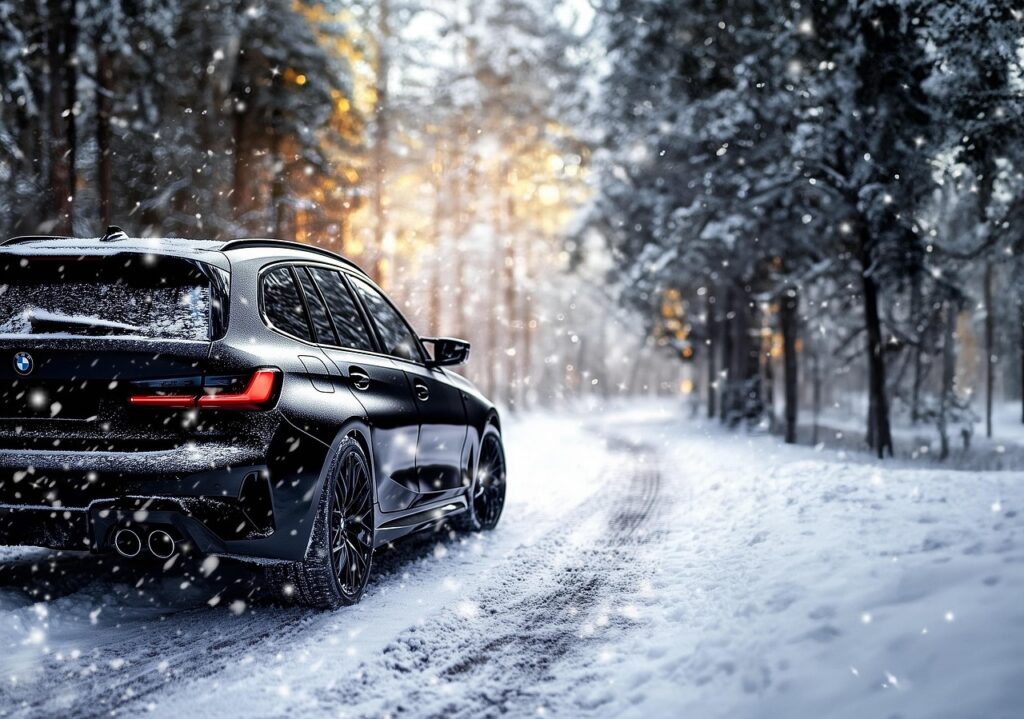
9. **Pre-Winter Vehicle Preparation and Emergency Kit Essentials**Just as you prepare your home for winter, your electric vehicle deserves a thorough pre-season readiness check. Proactive preparation can significantly reduce stress, enhance safety, and help maintain your EV’s optimal performance throughout the colder months.
Key vehicle preparation steps include installing winter tires if you live in an area with significant snow and ice. These specialized tires offer superior grip and safety in cold conditions. Equally important is checking your tire pressure monthly; as temperatures drop, the air in your tires contracts, causing pressure to fall. Properly inflated tires minimize rolling resistance, directly impacting your winter range. Don’t forget to update your EV’s software to the latest version, clean your charging port to ensure proper connection, and test your pre-conditioning function to confirm it’s operating correctly.
Beyond vehicle maintenance, assembling a winter emergency kit is a non-negotiable step. This kit should include essential items such as a portable charger or adapter, warm blankets, emergency food and water, an ice scraper and snow brush, and traction aids like sand or mats to help if you get stuck. These items can be invaluable in unexpected situations.
Finally, where you park your EV can make a difference. If you have a garage, utilize it. The warmth of a garage helps your car hold its battery charge longer and allows it to charge more quickly. When out and about, choosing a parking garage over an open-air lot can provide a similar benefit, shielding your battery from the harshest cold and making your next drive more efficient. Even an unheated garage provides significant protection compared to full exposure to freezing outdoor temperatures.
10. **Real-World Winter Performance: How Different EV Models Fare**While all EVs experience some range reduction in cold weather, independent testing by automotive organizations has unveiled significant differences in how various models perform. This data is crucial for understanding what to expect from your specific vehicle or for making an informed choice if you’re considering a new EV for colder climates.
Among the top winter performers, the BMW i4 eDrive40 stands out, showing only an 18% range loss at -7°C, making it a best-in-class contender, largely attributed to its efficient heat pump and excellent thermal management. The Hyundai IONIQ 6 also performs admirably with a 19% range loss at -7°C, thanks to its advanced heat pump and aerodynamic design. Newer Tesla Model S (2021+) models exhibit a 23% range loss at -7°C, benefiting from their Octovalve heat pump and large battery thermal mass. The Mercedes EQE and Tesla Model 3 Long Range also perform well, experiencing 21% and 24.8% shortfalls respectively in What Car?’s tests, proving more economical than petrol or diesel counterparts despite the reduction.
Conversely, some models require a bit more care. The Nissan Leaf (2022) shows a more significant 46% range loss at -7°C, primarily due to its reliance on resistive heating and a lack of active thermal management. The Chevrolet Bolt EV also saw a 42% range loss at -7°C, utilizing resistive heating and a more basic thermal system. The Volkswagen ID.4, despite having a standard heat pump, was observed with a 32% range loss at -7°C, indicating it’s less efficient than premium brands in extreme cold. What Car?’s research even highlighted the Lexus RZ with the lowest efficiency, achieving just 2.5 miles per kWh and a total range of 157 miles after its advertised zero. These insights emphasize that while range loss is universal, proactive measures and informed vehicle choices can significantly mitigate its impact.
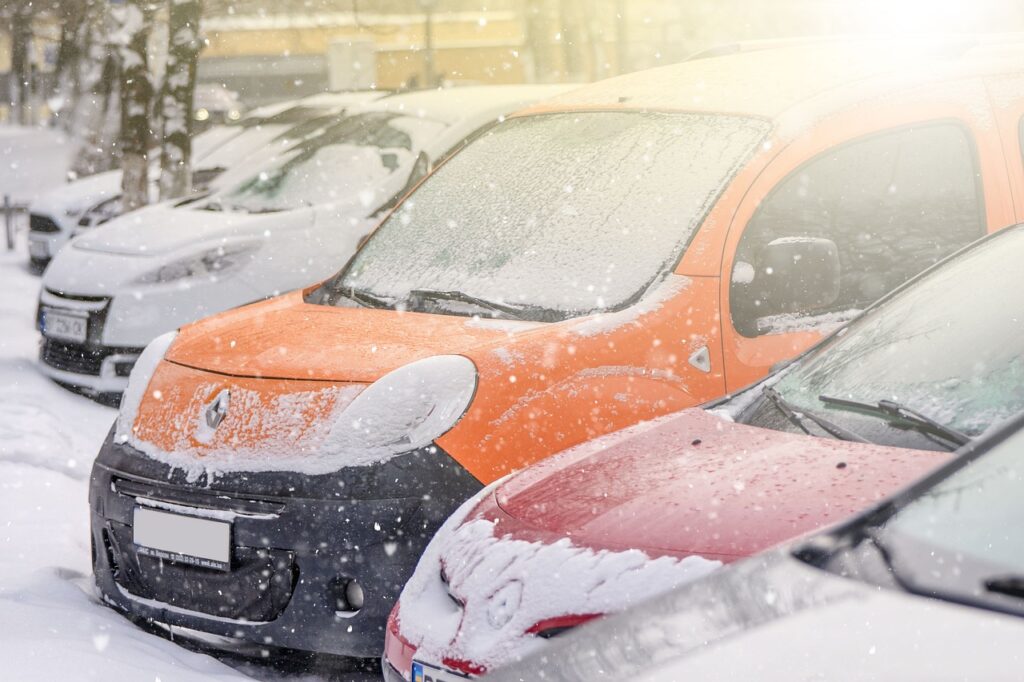
11. **Charging Performance in Cold Weather: Optimizing Your Power-Ups**Just as driving range is affected by cold temperatures, so too is the efficiency and speed of charging your electric vehicle. Understanding these dynamics allows you to optimize your charging routine, ensuring you’re always ready to hit the road, even in freezing conditions.
When it comes to fast charging (DC), cold batteries present a challenge. Charging speeds can be 50-70% slower when the battery is cold, as its internal resistance increases, making it less receptive to a rapid charge. This is where pre-conditioning truly shines, becoming essential for achieving optimal fast charging speeds. It’s worth noting that 800V systems, found in models like the Hyundai IONIQ 6 and Porsche Taycan, tend to be less affected by cold. As the battery warms during the charging session, the speed will gradually improve. Therefore, if a fast charger typically takes 30 minutes, plan for 45-60 minutes in winter, acknowledging that “Fast charging in the cold is slower, for sure.”
Home AC charging also experiences slower speeds in extreme cold, potentially not reaching its full charge rate below -20°C. Parking in a garage significantly improves AC charging efficiency by helping to maintain a warmer battery temperature. Additionally, many smart chargers and EV apps offer features to optimize timing, allowing you to schedule charging during off-peak hours or to complete just before your scheduled departure, ensuring the battery is warm and ready.
To ensure peak charging performance throughout winter, adopt a few best practices. Aim to charge your battery to 90-95% in colder weather to give yourself a greater buffer. Always use departure timing features to ensure a warm battery for your journey. Monitor your charging completion time, especially if relying on public chargers, and for those in truly extreme climates, consider garage heating to keep your EV’s battery at a more optimal temperature. These small adjustments can make a big difference in keeping your EV powered up and ready for anything winter throws your way.
Embracing winter EV driving is a journey of knowledge and adaptation. By understanding the underlying science, employing smart heating and charging strategies, preparing your vehicle, and adjusting your driving habits, you can confidently navigate the colder months. The initial apprehension surrounding winter range reduction is easily overcome with practical solutions and a deeper appreciation for your EV’s capabilities. Remember, the goal isn’t just to manage; it’s to thrive, ensuring every drive is as efficient and enjoyable as possible, no matter the forecast. Your EV is an innovative marvel, and with these insights, you’re now fully equipped to unlock its full potential, even when the snow flies. Use our EV Range Calculator to estimate how cold weather will affect your specific electric vehicle model.

